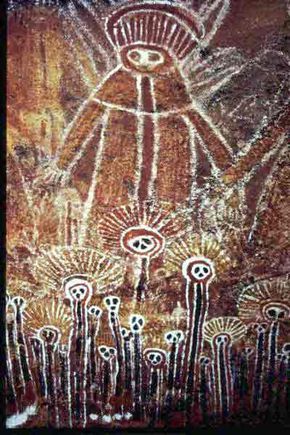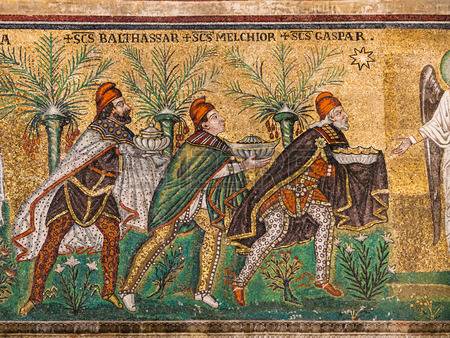|
Services at St Michael and All Angels Sunday 7 January, Sunday within the Octave of the Epiphany Colour: White Sunday 21 January, Sunday within the Octave of the Baptism of Our Lord Colour: White Intent: Sincerity and the control of speech Sunday 4 February, Sunday within the Octave of the Presentation of Our Lord in the Temple (Candlemas) Colour: White Intent: The Holy Spirit as Sanctifier Sundays with no Eucharist service at St Michael’s: Sunday 14 January, Second Sunday after  the Epiphany Colour: Green Intent: Fellowship Sunday 28th January, Sunday within the Octave of the Transfiguration Colour: White Intent: The gift of wisdom The liturgical calendar for January The month of January comes packed with Festivals which set out and remind us of the essential experiences of the Spiritual Path. We have the last day in the Octave of the Nativity, the Epiphany (which is linked to the Nativity), the Baptism of Our Lord and the Transfiguration of Our Lord. The Epiphany with its colour and splendour celebrates the coming of the wise men, the Magi, from the East. Traditionally we consider them to be three, named Melchior, Balthasar and Gaspar. These wise men brought gifts of gold, frankincense and myrrh to the new born Jesus. The symbology of the gifts is worth exploring. We can think of gold as the symbol of a king, or in this case the spiritual leader that Jesus was to become. Frankincense is a perfume, used in church ceremonies for censing to spiritually purify and harmonise the atmosphere, and is synonymous with the entry into the world of a deity. Myrrh is an embalming ointment and symbolises that at the physical level Jesus will die, but reflects that even though we have physical bodies that suffer and die, these physical bodies can carry the source and inspiration of world-changing events. The emphasis that our Founding Bishops placed on the spiritual drama of the Epiphany was that the Magi were not from Jewish heritage or culture, but from outside all the practices that are part of the Jewish tradition. From the first, this new spiritual leader coming into the world was recognised by Gentiles, and the subsequent Christian message developed in Jesus’ lifetime was for all the peoples of the world.  Mosaic in Ravenna showing the Magi in Persian dress Thoughts from our Founding Bishops The intents and sentiments of our Founding Bishops, which have been carried forward by subsequent Bishops of the Liberal Catholic Church, include the concept of expanding the vision of Christianity to include the ideal of union with God, here and now in this lifetime on earth. Specifically, in the new Liturgy of the Liberal Catholic Church, published in 1917, the intent was that the Eucharist and the Church Ceremonies would be a powerful source of spiritual life and light to the world. Fundamental to these ideas of a larger view of Christian worship was the clear understanding that all members of the Liberal Catholic Church would enjoy an atmosphere of intellectual freedom to experience and explore the church’s ideas and practices. I hope that you are enjoying a happy and peaceful time at the start of 2018 and that this year you have the opportunity to experience at first hand the deep and meaningful message of the Nativity and the birth of Christ in us all. With God’s blessing

|
